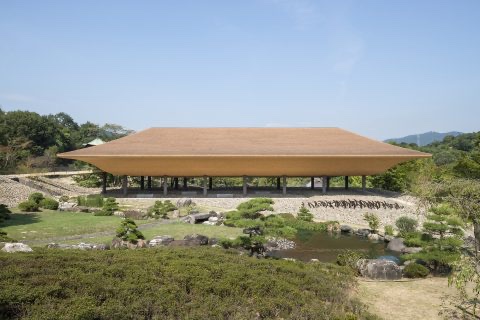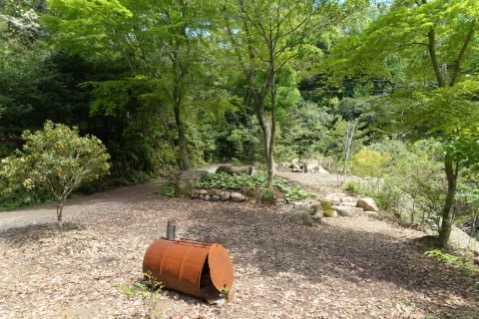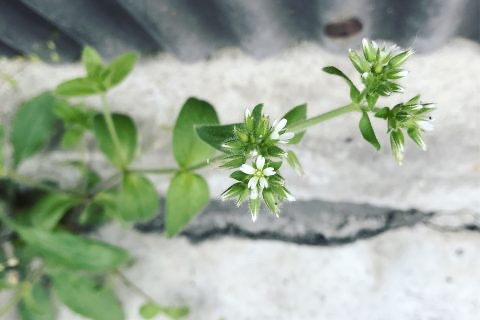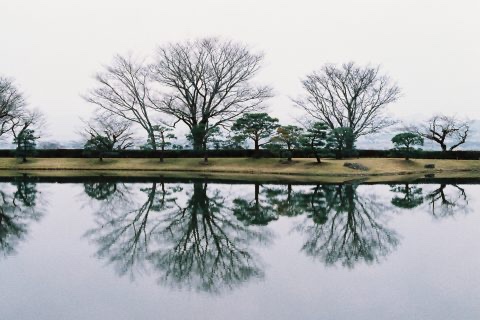

颱風21號吹來後的數天,我們終於決定放下正在趕工的工作,到小森林看看情況。
小森林是丈夫於數年前買下來的,連同一個他小時常去探險的廢墟,打算自己修葺成為我們的家。由於上一位森林主人,為了採竹荀,在林內種了很多竹子,竹子生命旺盛如雜草,越長越多越茂密,林間在大白天也幽暗,原有的樹木,為了爭取陽光,都伸著頭,掂著腳,長得不合理地修長。即使後來我們把大部份不該存在於森林內的竹子劈下了,仍無法改變它們為生存而變得畸形的身驅。我有點擔心那些過於瘦長的樹木們會抵受不了巨風。
往小森林的路上有點雜亂,如同小刺猬般的栗子、樹木的枝椏散落在公路上,鄰人用鐵皮搭建的倉庫,也被吹得東歪西斜。然而,車子繞進小森林,卻發現風雨過後綠油油,一時之間,我竟分辯不出樹木們有否受災。楓樹的幾根樹枝躺在雜草叢生的草屏上,似乎是給風折斷了,去年種下今年仍然水土不服的紫陽花,似乎更見凋零。但這些變化,全只是「似乎」而已。
我想起早兩天在網路上看到給颱風輾過的京都平野神社,倒下的櫻花樹何等地叫人心痛,就算是剛才在柏油路上陳屍著的枝椏,也動魄驚心,何以於我們的小森林,颱風帶來所有的凋零、摧毁、殘缺,看來如此理所當然、平穩安然?
21號颱風吹倒了關西機場的大穚,很多京都的歷史性建築物都受損,甚至倒塌了。在日本居住了六年多,面對著接二連三的自然災難,更感到人類的無力。人類花了上百上千年建造經營的,在大自然的面前,隨時毁於一旦。倒下的樹木,折斷的枝椏,落在原林內,經年累月後將化為泥土,長出美麗的花、果實累累的樹。颱風發生在人類世界裡,被看成災難,但在自然世界裡,不過是生命循環裡的一部份。
A few days after the typhoon No.21 swept across the western part of Japan, we finally decided to put our work aside and have a look at the conditions of the woods.
My husband bought this little piece of woodland a few years ago. Along with it, he also bought an abandoned site where he used to have his adventures as a child. His plan was to have the area repaired and use them as our backyard. The previous owner of the woodland planted a lot of bamboos to harvest the bamboo shoots. As a strong plant, the bamboos have grown so lush and began to create a natural shade that blocks the sunlight from coming through. Other trees in the area have grown unusually tall to acquire more sunshine. Although we have cut off many of the bamboos that are not supposed to be in the land, the trees would not return to their original shape. Seeing the overly slender trees, I was a little worried that they would not survive the strong wind.
The path to the woods also got rather chaotic with spiky chestnuts and tree branches scattered on the asphalt road. The corrugated metal shed built by our neighbors had also got tilted by the wind. However, once the car entered the woods, we were greeted by a vividly green area that looked even greener after the rain. At first glance, I could not even tell if they were affected by the typhoon. A few fallen maple tree branches, probably blown down by the wind, were lying on the wild meadow. The Hydrangea we planted this year has yet adapted to the area, now it already got almost ruined. These changes are, however, merely one way of seeing.
All of a sudden, I thought of how the Hirano Shrine got damaged by the typhoon, as shown in the images on the internet not long ago. It is truly saddening to see the cherry blossom trees got blown down. The fallen branches on the asphalt road also shook me up a bit. I could not understand why the damages the typhoon brought to our little woodland looked so reasonable and harmonic.
The typhoon no. 21 did not only damage the Kansai airport’s bridge, it also caused great damage to many historical architectures in Kyoto. Some of them have even collapsed. Throughout my 6 years living in Japan, I have seen numerous events of natural disaster. They reminded me of how powerless human can be. The civilization human has spent thousands of years to construct appears to be so fragile in the face of nature. On the contrary, although trees can be blown down by the strong wind, the fallen branches will become part of the nutritious soil to breed beautiful flowers and ripe fruits. While human see typhoon as a catastrophe, to the world of nature, it is simply an inevitable part of the cycle of life.




